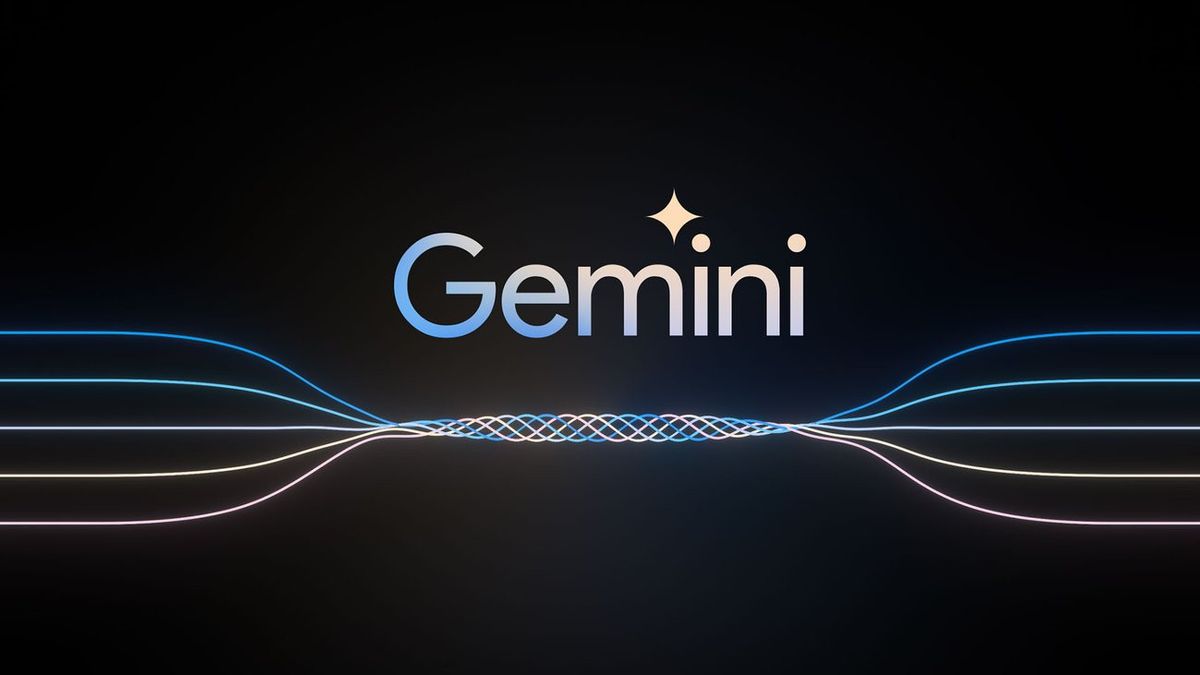JAKARTA - Not long ago, Google made its big debut for the Generative AI platform called Gemini. At first glance, Gemini looks promising. So what is Gemini? Come on, let's discuss it.
In its blog, Google says that Gemini is the result of large-scale collaborative efforts from various teams on Google, designed to be multimodal.
Gemini can generalize and smoothly understand, combine, and operate with various types of information, including text, code, audio, images, and videos.
Gemini is also said to be the most flexible Google model so far, capable of efficient work in all environments, from data centers to mobile devices. Gemini launched in three sizes, namely:
Although Google did not explain the difference between Bard and Gemini, given that Bard is using Gemini Pro versions that have been adapted for more sophisticated reasoning, planning, understanding, and others, Gemini is included in multimodal models such as GPT-3.5 and GPT-4.
In fact, in the coming months, Gemini will be available in more products and services such as Search, Ads, Chrome, and Duet AI.
It's not certain how users know about Gemini's development until Google released Ultra later this year. However, Google claims that Gemini Ultra has better capabilities than GPT-4 from OpenAI.
SEE ALSO:
Google has also tested Gemini and GPT-4, and they finally found that of all the benchmarks (texts, images, and videos), it proves Gemini's more complex reasoning skills.
For example, in the case of multiple choice for 57 subjects (professional and academic), Gemini Ultra got a final score of 90.04 percent, while the GPT-4 scored 87.29 percent.
But despite the question of whether benchmarks really show a better model, the score Google shows seems to be just slightly better than the similar OpenAI model.
The English, Chinese, Japanese, Arabic, and French versions are automatically generated by the AI. So there may still be inaccuracies in translating, please always see Indonesian as our main language. (system supported by DigitalSiber.id)

















